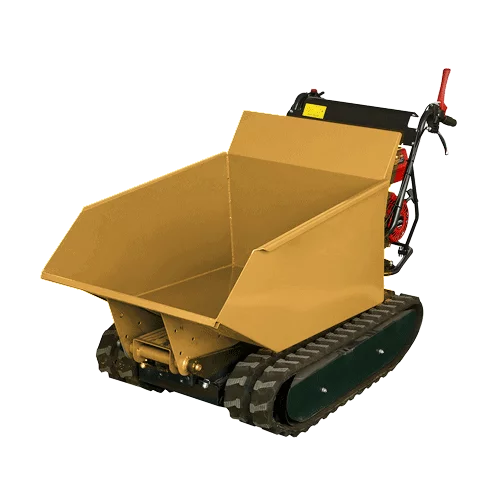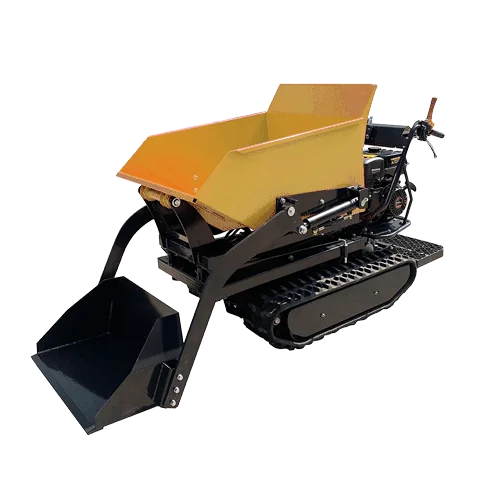Introduction
Dump trucks are an essential piece of equipment in the construction and transportation industries, used for hauling a wide range of materials, from gravel and dirt to debris and waste. However, these vehicles are subject to various weight restrictions and regulations, which can vary depending on the location and the specific type of dump truck. Understanding these weight restrictions is crucial for ensuring safe and legal operation, as well as avoiding costly fines and penalties. In this blog post, we’ll explore the key aspects of dump truck weight restrictions, providing you with the information you need to navigate these regulations effectively.
Understanding Dump Truck Weight Limits

Dump trucks come in a variety of sizes and configurations, each with its own weight capacity. The maximum weight a dump truck can safely carry is determined by several factors, including the vehicle’s Gross Vehicle Weight Rating (GVWR), Gross Axle Weight Rating (GAWR), and the specific regulations in the area where it’s being operated.When operating a dump truck, it is crucial to adhere to weight restrictions and regulations to ensure safety on the road.
GVWR and GAWR Explained
The GVWR is the maximum total weight of the vehicle, including the cargo, passengers, and any equipment or attachments. The GAWR is the maximum weight that can be safely supported by each individual axle of the vehicle. These ratings are typically provided by the manufacturer and are crucial in determining the weight restrictions for a particular dump truck.
Local and State Regulations
In addition to the GVWR and GAWR, dump trucks must also comply with local and state-specific weight restrictions. These regulations can vary significantly, with some areas imposing stricter limits than others. It’s essential for dump truck operators to be aware of the specific weight restrictions in the areas where they’ll be working to ensure they remain in compliance.Understanding and adhering to these weight restrictions is crucial not only for legal compliance but also for safety on the roads. Overloading a dump truck can not only result in costly fines but also increase the risk of accidents and damage to the vehicle.
Consequences of Overloading
Overloading a dump truck can have serious consequences, both in terms of safety and legal implications. Exceeding the weight limits can lead to increased wear and tear on the vehicle, as well as a higher risk of accidents and breakdowns. Additionally, operating an overloaded dump truck can result in hefty fines and penalties, which can significantly impact the profitability and reputation of a business.
Strategies for Compliance
To ensure compliance with dump truck weight restrictions, it’s important to implement effective strategies and best practices. This may include regularly maintaining and inspecting the vehicle, using onboard scales or other monitoring systems, and carefully planning and coordinating loads to stay within the weight limits.
Table: Common Dump Truck Weight Restrictions

| Truck Type | GVWR Range | Typical Payload Capacity |
|---|---|---|
| Light-Duty Dump Truck | 14,000 – 33,000 lbs | 6 – 12 tons |
| Medium-Duty Dump Truck | 33,001 – 55,000 lbs | 12 – 20 tons |
| Heavy-Duty Dump Truck | 55,001 – 80,000 lbs | 20 – 30 tons |
| Off-Highway Dump Truck | 100,000 – 400,000 lbs | 40 – 300 tons |
Conclusion: Dump Truck Weight
Navigating the complexities of dump truck weight restrictions is crucial for ensuring safe and legal operations. By understanding the GVWR and GAWR, as well as the local and state-specific regulations, dump truck operators can take proactive steps to maintain compliance and avoid the costly consequences of overloading. By implementing effective strategies and best practices, businesses can maximize the efficiency and productivity of their dump truck operations while minimizing the risks associated with weight restrictions.
FAQ
Q: What is the typical weight range for a light-duty dump truck?
A: Light-duty dump trucks typically range in weight from 10,000 to 26,000 pounds, depending on their size and load capacity.
Q: How do I determine the GAWR (Gross Axle Weight Rating) for my dump truck?
A: The GAWR for your dump truck can be found in the vehicle’s specifications or on the manufacturer’s plate, indicating the maximum weight each axle is designed to support.
Q: What are the potential consequences of operating an overloaded dump truck?
A: Operating an overloaded dump truck can lead to increased road wear, reduced vehicle stability, longer braking distances, and legal penalties such as fines or vehicle impoundment.
Q: How can I ensure my dump truck is in compliance with weight restrictions?
A: Ensure compliance by regularly weighing your truck and its load using certified scales, keeping detailed records, and adhering to local weight regulations.
Q: Are there any exemptions or special considerations for dump truck weight limits?
A: Some jurisdictions may offer exemptions or special permits for certain operations, such as hauling specific materials or during specific times of the year. Check local regulations for details.
